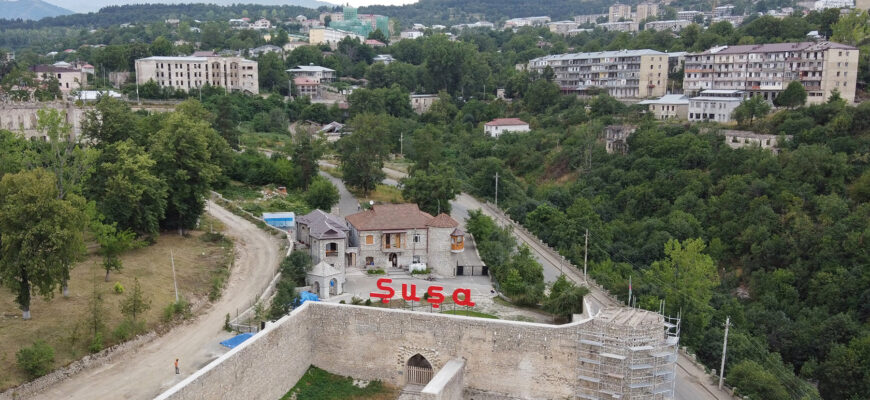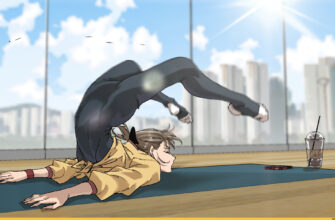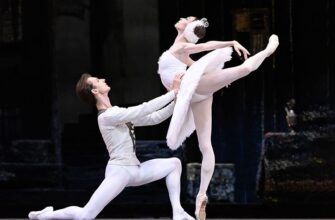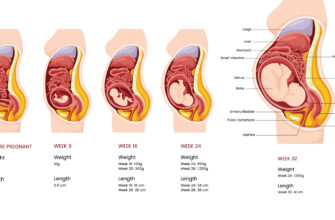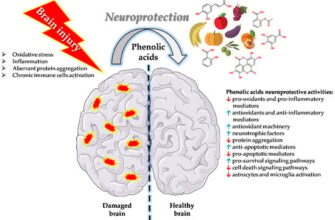Once a focal point of conflict, Shusha, the historic city in Nagorno-Karabakh, is undertaking a significant transformation. A recent journalistic expedition offers a glimpse into its current state: a landscape where the indelible marks of war coalesce with the ambitious strides of post-conflict reconstruction.
The Enduring Legacy of Shusha
Founded in 1752, **Shusha** has long stood as a pivotal cultural and economic nucleus within the **Nagorno-Karabakh** region. Its historical significance is profound, a tapestry woven with centuries of art, music, and intellectual discourse. This rich heritage, however, was tragically intertwined with the tumultuous events of the modern era, particularly the protracted conflict between Armenia and Azerbaijan.
Scars of the Second Karabakh War
The autumn of 2020 etched a new chapter into Shusha`s history, as it became the epicenter of the most intense and decisive engagements of the **Second Karabakh War**. The strategic importance of the city, perched atop a mountainous plateau, meant that control over it was fiercely contested. When the dust settled, the city bore the profound scars of this modern warfare, its venerable architecture and infrastructure suffering substantial damage.
A New Dawn: Azerbaijan`s Reconstruction Endeavors
Fast forward five years, and the narrative of Shusha is shifting from one of devastation to one of **resurgence**. The Republic of **Azerbaijan** has initiated a robust and extensive **reconstruction** program, pouring considerable resources into revitalizing the region. This is not merely about patching up old wounds; it`s about laying the groundwork for a new era of development and habitation.
Evidence of this ambitious endeavor is immediately apparent. A modern aviation hub has been commissioned in nearby **Fuzuli**, drastically improving accessibility to the region. Connecting Fuzuli to Shusha is a newly constructed, 70-kilometer highway, an engineering feat that navigates challenging mountainous terrain through a series of bridges and tunnels, significantly reducing travel time and facilitating logistical operations.
Restoration and Revival: Cultural and Urban Renewal
The pace of restoration within Shusha itself has been remarkably swift. Historic landmarks, including revered mosques and various cultural museums, have been meticulously restored to their former glory, symbolizing a profound commitment to preserving the city`s identity as **Azerbaijan`s cultural capital**. Beyond historical preservation, the urban fabric is being rapidly rewoven. New residential buildings are rising, designed to accommodate returning populations. Concurrently, the re-establishment of commercial life is visible with the opening of new restaurants and retail outlets, signaling a return to normalcy and economic activity.
A Paradox of Progress: Ruin and Wealth
For observers traversing Shusha`s streets, the city presents a curious dichotomy. The extensive investments and rapid rebuilding are undeniable testaments to the determination driving this revival. Yet, beneath the veneer of fresh paint and new construction, the lingering echoes of conflict are still discernible. It is a striking visual juxtaposition: the nascent gleam of newly constructed amenities standing in stark contrast to the subtle, yet persistent, reminders of past destruction. This dual impression, as noted by visitors, speaks to the complex reality of post-conflict recovery – a process where progress is undeniable, but history remains etched into the very landscape.
The vibrant pulse of life is indeed returning to Shusha and the broader Karabakh region. The journey from conflict to regeneration is a long and arduous one, yet Shusha stands as a powerful symbol of hope, demonstrating that even the deepest scars can be overlaid with the promise of a revitalized future.

